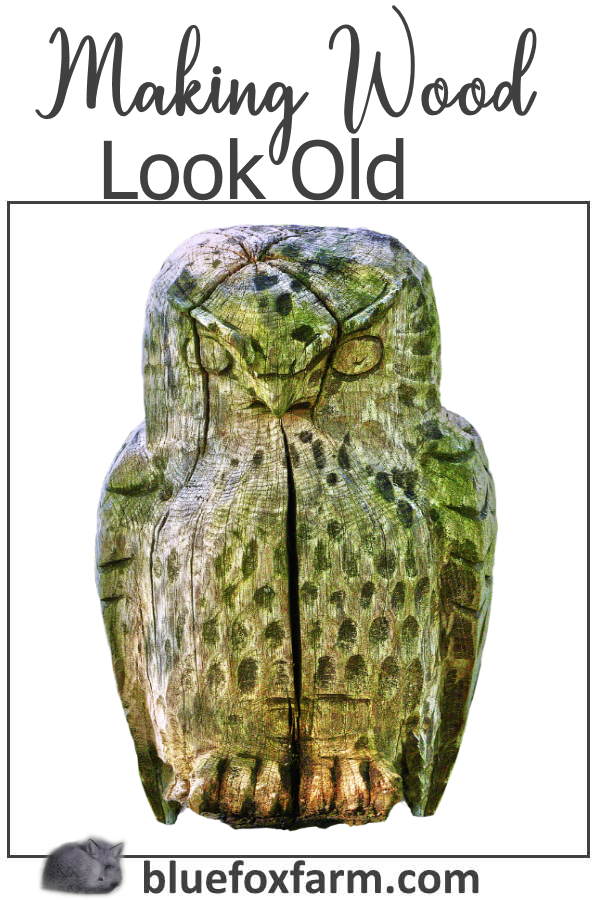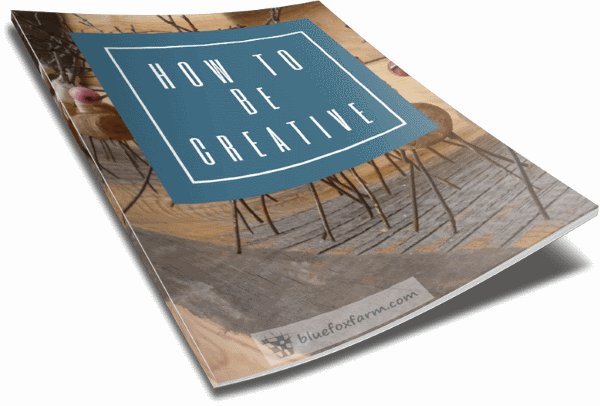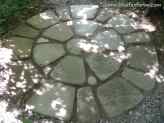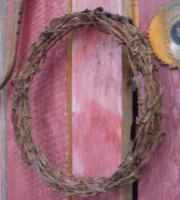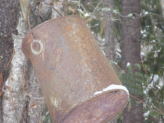Making Wood Look Old
Aging And Weathering Techniques for Crafts
Jacki Cammidge is a participant in the Amazon Services LLC
Associates Program, an affiliate advertising program designed to
provide a means for sites to earn advertising fees by advertising and
linking to amazon.com. Other links on this site may lead to other affiliates that I'm involved with, at no extra cost to you.
You've tried making some wooden crafts, but they all seem to lack the depth and patina of a truly old piece. Here are some tips on gaining that real aged appearance and feel of an antique or vintage craft.
Making Wood Look Old: Authentic Aging Techniques for a Natural Weathered Finish
Creating an aged, weathered appearance on new wood adds character and rustic charm to furniture, décor, and architectural elements.
Whether you're restoring a vintage piece or adding farmhouse appeal to modern lumber, mastering distressing techniques helps achieve an authentic old-world look without appearing artificial.
Physical Distressing Methods
The foundation of convincing aged wood starts with physical texture. Wire brushing is one of the most effective techniques for mimicking natural weathering.
Using a wire wheel attachment on a drill or angle grinder, work along the wood grain to remove softer wood fibers, creating the grooves and texture that develop over decades of exposure. This method works particularly well on softwoods like pine and cedar, according to Old World Timber (https://www.oldworldtimber.com).
For dents and dings that simulate years of use, try the chain method. Simply place heavy chains, screws, or hammers in a bag and strike the wood surface randomly.
Focus on edges and corners where natural wear would occur. Adding strategic gouges with screwdrivers or awls creates authentic-looking imperfections.
The key is randomness—avoid creating patterns that look deliberate.
I used this method on the farmhouse table here.
Chemical Aging Techniques
One of the most popular natural aging methods involves creating an oxidation solution using steel wool and vinegar. Place fine steel wool (#0000 grade) in a glass jar, cover with white vinegar, and let sit for 24-48 hours.
The resulting solution, which I call pickle juice, when brushed onto wood containing tannins (like oak, cherry, or mahogany), creates an instant gray, weathered appearance through a chemical reaction.
Sometimes, the aging takes a few days, and is enhanced by spraying with water (or leaving the piece out in the rain).
Tea staining offers another natural aging option. Brew strong black tea, let it cool, and apply multiple coats to the wood. The tannins in tea darken the wood gradually, creating depth.
For enhanced results, apply the vinegar-steel wool solution over dried tea stain for a more complex, layered patina.
Or mix it with white or red acrylic paint for a different look again, like this red barn paint.
Staining and Color Techniques
Layering different stain colors creates authentic-looking age. Start with a gray or weathered wood stain as a base coat. Before it fully dries, wipe some areas more thoroughly than others to create variation.
Follow with a darker stain in crevices and grain lines, mimicking dirt accumulation over time. Some artisans recommend lightly misting wood with water before staining to create uneven absorption that mimics natural aging .
For painted wood with an aged appearance, apply paint then sand it back selectively. Focus on edges, corners, and high-traffic areas where paint would naturally wear away.
The candle technique works well here: rub candle wax on areas you want to distress, apply paint, then sand—the wax prevents paint adhesion, creating authentic-looking wear patterns.
Preserving the Aged Look
The challenge with distressed finishes is preservation without adding excessive sheen that screams "fake." Water-based polyurethane provides protection while maintaining a natural appearance, as it adds minimal color change compared to oil-based products.
For the most authentic preservation, use a matte or flat finish rather than satin or gloss.
Dead flat varnishes, like Modern Masters Dead Flat Varnish mentioned on woodworking forums, add no sheen while protecting the surface. Apply thin coats and consider rubbing with fine steel wool (#0000) between coats for an ultra-matte finish.
You wouldn't want this gorgeous carving of a parent and child to age any more, it's perfect just the way it is. Giving it a coat of this kind of finish will help retain the patina, while protecting it from more aging.
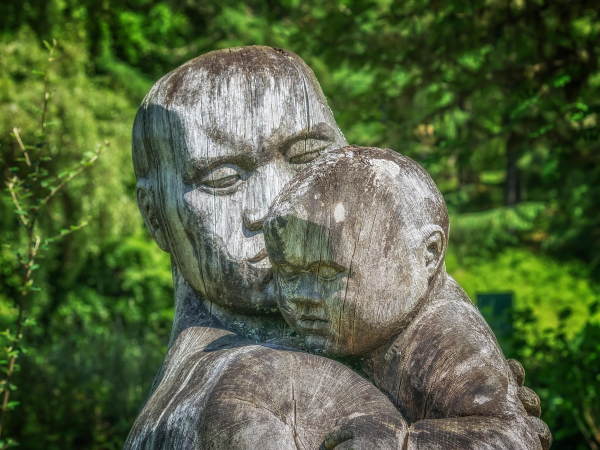 Weathered wood sculpture of a parent and child
Weathered wood sculpture of a parent and childWax finishes offer another low-sheen option. They're easy to apply, repairable, and maintain the raw wood aesthetic while providing moderate protection.
For outdoor pieces, consider penetrating oil sealers that protect from within without surface buildup.
Avoiding the Fake Look
The secret to authentic aging is subtlety and variation. Real aged wood shows inconsistent weathering—some areas darker, others lighter, with random wear patterns.
Study genuinely old wood pieces before starting your project. Avoid over-distressing or creating uniform patterns. Layer techniques rather than relying on just one method, and always test on scrap wood first to perfect your approach.
So now you have some ideas on making wood look old, what will your first project be?
Learn what it takes to be creative - we all have the gene but how do we develop it? Get the free guide!
Fill in the form below for your copy;
(Don't be disappointed - use an email address that will accept the free download - some .aol email addresses won't.
If you don't see your download within a few minutes, try again with another email address - sorry for the bother.)
